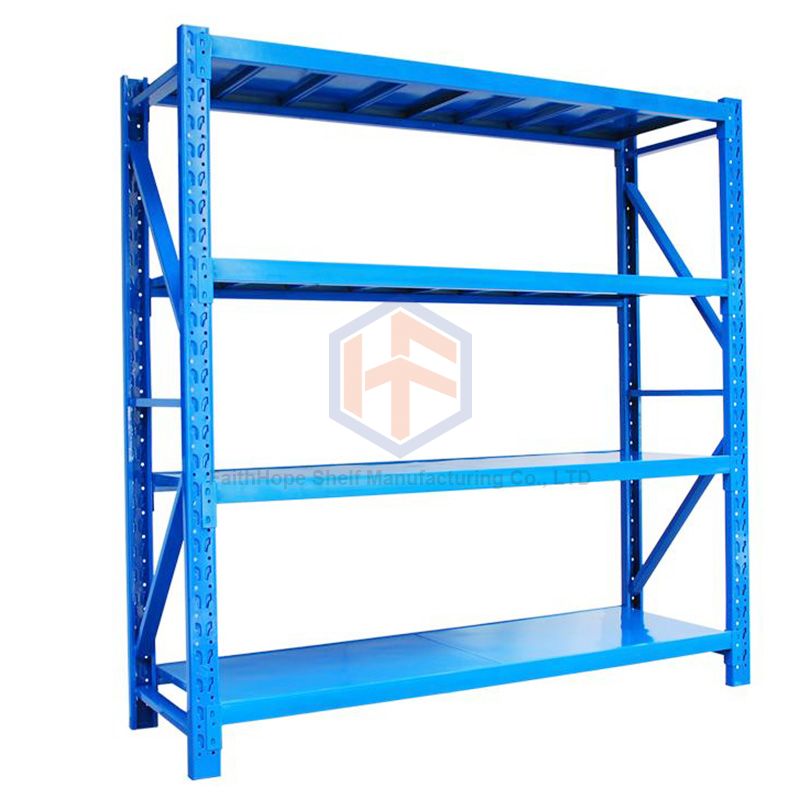A Complete Guide to Storage Rack Systems
In the dynamic realm of warehousing and logistics, efficient storage solutions play a pivotal role in optimizing space and enhancing operational workflows. Among the diverse array of options available, storage rack systems stand out as versatile tools capable of addressing the ever-growing demands of modern businesses. This comprehensive guide delves into the origins and evolution of storage rack systems, their intrinsic design rationale, the process of substantiating their efficacy, and the profound impact they have on contemporary storage practices.
Origins and Evolution
The inception of storage rack systems can be traced back to the early 20th century when industries began grappling with the challenges of efficient inventory management. Basic shelving structures were the initial response to the need for organized storage. However, as industrialization accelerated and warehouses expanded, there emerged a necessity for more sophisticated and space-maximizing solutions. This marked the evolution of storage rack systems into the versatile and specialized configurations we witness today.
Intrinsic Design Rationale
The driving force behind the design of storage rack systems lies in their ability to capitalize on vertical space while ensuring accessibility. Warehouses often face spatial constraints, making vertical expansion a pragmatic choice. Storage rack systems are ingeniously engineered to optimize vertical dimensions, enabling businesses to store a greater volume of items within the same physical footprint. Moreover, the modular nature of these systems allows for customization to accommodate diverse storage needs, ranging from small components to larger, bulkier items.
Substantiating Efficacy
The efficacy of storage rack systems is substantiated through a combination of factors, prominently including structural integrity, adaptability, and cost-effectiveness. These systems are crafted from robust materials, ensuring they can withstand the weight of various goods. The adaptability of rack configurations caters to the evolving needs of businesses, with adjustable shelves, removable components, and scalable designs empowering organizations to optimize their storage infrastructure as requirements shift. From a financial perspective, the initial investment in a storage rack system is often offset by the long-term benefits of increased storage capacity and operational efficiency.
Significance and Impact
The adoption of storage rack systems carries significant implications for businesses across industries. Efficient storage directly correlates with streamlined operations, reducing the time and effort required for inventory management. The organized layout facilitated by these systems enhances inventory visibility, minimizing the risk of errors and loss. Furthermore, the increased storage density contributes to a more sustainable use of space, a critical consideration in light of rising real estate costs.
In conclusion, a profound understanding of storage rack systems is imperative for businesses striving to optimize their storage infrastructure. The evolution of these systems, driven by the need for efficiency and adaptability, underscores their pivotal role in contemporary warehouse management. As businesses navigate the challenges of space constraints and logistical complexities, storage rack systems emerge not just as a solution but as a strategic investment with enduring benefits. Explore the versatility and efficiency of Medium Duty Rack solutions to elevate your storage capabilities in the ever-evolving landscape of logistics.



